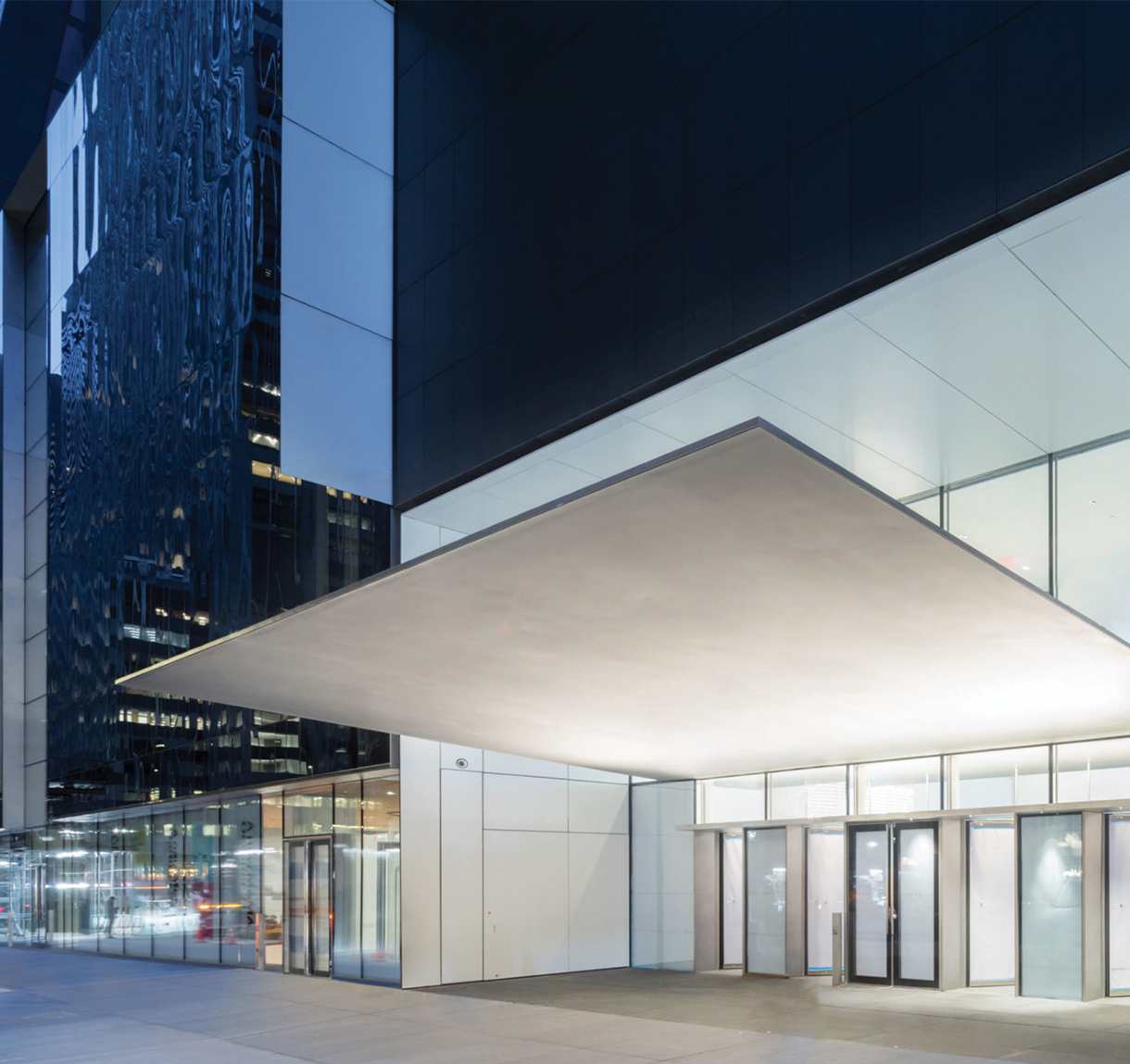
Museum Moneymakers
The curation of a cultural institution’s gift shop is an art all its own.
Late last year, New York’s Museum of Modern Art (moma.org) completed its latest renovation; this time it was a $450 million project master planned by starchitect Liz Diller. “To renovate a museum, it’s very hard work, like surgery,” she says. “We asked: What areas could possibly be transformed?” The answer? Clearly, everywhere. Diller undertook a radical reconception that expanded overall capacity by a third, adding 47,000 square feet of gallery space; she also created a welcoming, canopy-like entrance to replace the small, dark entryway and moved the museum’s design store. She didn’t relegate it to the back area, but rather sunk it to the lower level right by that entrance, making it even larger and more dramatic—and as a result, the focus of every arrival. Diller’s choice was a vouchsafe for how vital this in-house retail operation is to MoMA’s identity today (prankster Banksy even called his 2010 film Exit Through the Gift Shop).
Emmanuel Plat, a former Conran staffer, runs merchandising here and explains its close relationship with the art collection. Every item for sale, whether a design object or a book, has been vetted by MoMA’s curatorial experts, who examine and approve his entire stock. “My team travels the world looking for new products—at trade shows, in artists’ studios—and then they come back with samples to review with the curators,” he says. “It’s a real dialogue.” Perhaps the best-known MoMA line is the artist-designed holiday cards, which the organization has produced for more than 60 years—this year, they plan to reproduce some of the classics by Alexander Calder. More recently, the store’s taste-making track record has included Japanese minimalist store Muji and Danish home brand HAY, both of which made their stateside debuts via Plat’s retail operation.
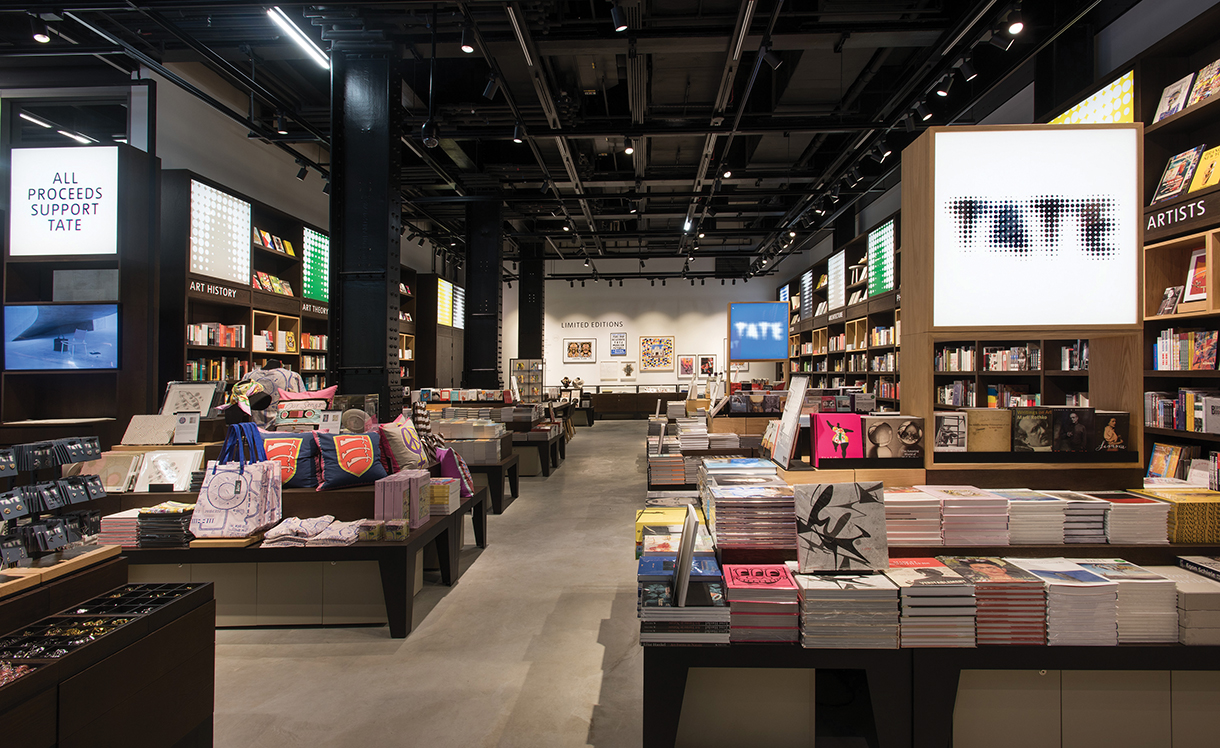
Pause for a moment and compare that airy new MoMA store, packed with stylish, crave-worthy goodies, with the old idea of a museum gift shop (fusty, closet-style rooms selling magnets, postcards, and erasers). MoMA has long bucked that format, of course, but it’s no longer an outlier: Most impressive contemporary institutions have engaging stores. Look at The Broad (thebroad.org) in Los Angeles, for example, or Tasmania’s MONA (mona.net.au), whose eccentric founder David Walsh has encouraged outré items like a cane toad clutch or a scarf emblazoned with an X-ray of a skeleton. London’s Tate Modern (tate.org.uk) has a series of retail stores in situ, including the 4-year-old Tate Edit, dedicated solely to limited editions and artists’ multiples. Even smaller galleries don’t skimp when it comes to stores: Yayoi Kusama’s studio-turned-museum (yayoikusamamuseum.jp) on the outskirts of Tokyo has a small table by the entrance where it sells items daubed with her signature dots—cookies and notebooks, for example (no more than five per person, a sign politely requests to stymie resellers). So how and why did museum stores morph into such standalone destinations? Money, of course, is one massive factor.
Per a 2018 study conducted by the Museum Store Association (MSA), such retail operations can contribute a certain percentage to an institution’s overall annual revenue. Rosey Blackmore, the Tate’s merchandise director, explains that the free-to-visit museum only receives a fraction of its operating costs from the British government. “All our trading profits go back to keeping Tate open, and free—it’s delivering on the vision for the museum that access to art is a human right.” What’s more—and more crucial: Money raised this way is not tethered by conditions and caveats, and can be used however the director deems fit.
Compare that with large grants from governments and even foundations, which often constrain how a museum can deploy its support. Store-generated cash isn’t handcuffed. It can also be leveraged with those donors: At the Tate, museum members are offered first dibs of its limited-edition productions via a sneak preview, making retail a relationship-building tool too.
But the changing concept of a museum store—and the resulting rising profile—isn’t just profit-minded. Rather, it mirrors the widening interest in the art world.
Consider the earliest blockbuster shows, which began to be a feature of museum programming in the late 1970s: Treasures of Tutankhamun, for instance, which traveled around six American cities over a three-year period. Shows such as that were intentionally headline-making crowd pleasers, aimed at drawing new audiences to museums, and those visitors wanted to take home a souvenir of the experience, pushing stores into broadening their stocks.
Today, planning a pop-up store is part of a museum’s curation process for landmark shows: see the lavish retail at the end of the Metropolitan’s 2019 exhibition Camp: Notes on Fashion; the 250-item collection included everything from iconic totes emblazoned with illustrations by Karl Lagerfeld to a $900 bolero jacket by Molly Goddard. These products act as de facto ambassadors for the museum, gratis marketing.
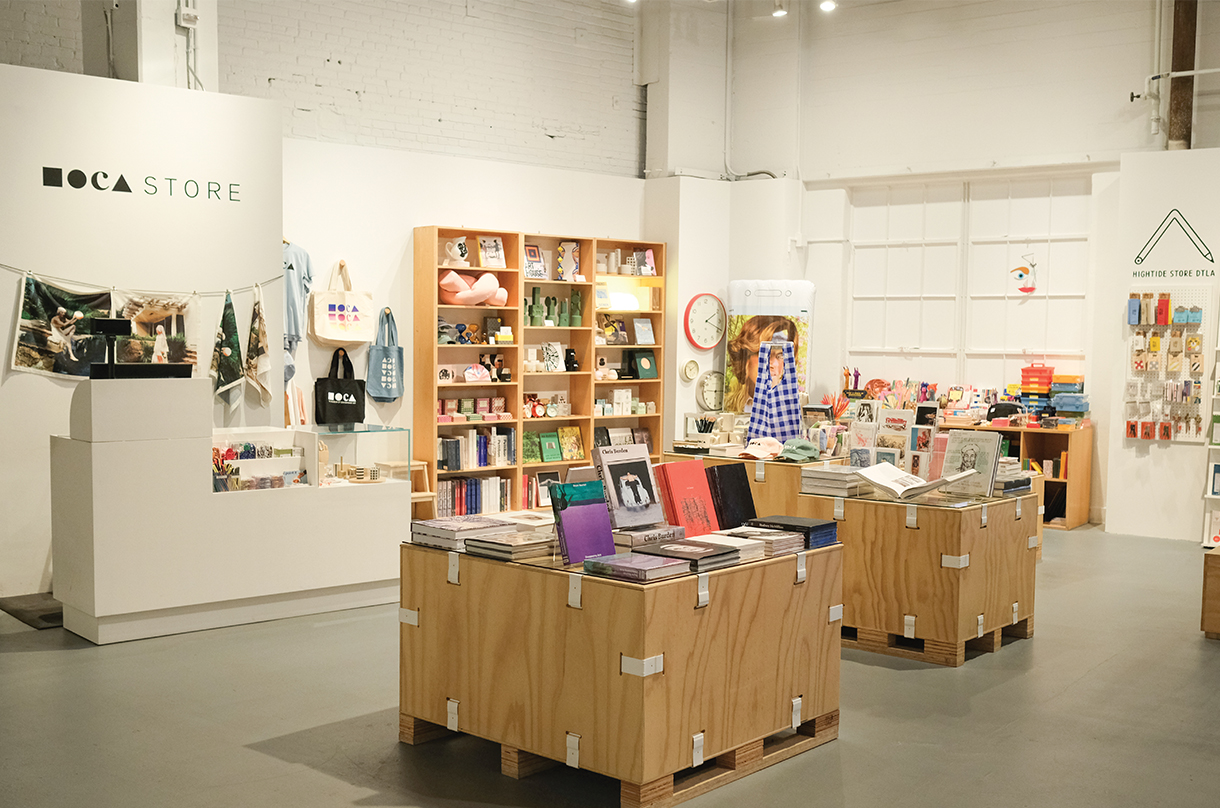
This shift has also coincided with the rise of artists as brands, with the likes of Takashi Murakami embracing commercial collaboration with gusto when Los Angeles’ MOCA (moca.org) and the Brooklyn Museum (brooklynmuseum.org) hosted a retrospective of his work. The installation included a fully operating Louis Vuitton store, a waggish nod to his partnership with the saddle maker. It was culture as commerce, or cultural commerce.
A new range of companies has emerged to help expressly facilitate such collaborations, and keep museum store shelves stocked with items that are hard to find elsewhere. Design firm Swid Powell, founded in 1982 in New York by two collectors, was one of the first; now there are several top-tier producers, including NYC-based WeR2 (see “What to Buy Now” on page 110), London’s Kit Grover (kitgrover.com)—known for working with Grayson Perry and Yinka Shonibare, among others—and Third Drawer Down (thirddrawerdown.us) in Australia, founded by former museum staffer Abi Crompton. Third Drawer Down has a longtime partnership with David Shrigley, and its products are stocked across the world. “For some artists, these collaborations can help support them, or they may ultimately pay for their assistant through merchandise sales,” Crompton says. “It’s wonderful the way in which it can work.”
Perhaps, though, the rise in such stores is a reflection of a wider change in culture. As even luxury retail grows more homogeneous across the world—the names on Rodeo Drive and Bond Street are increasingly the same—these shops offer a delightful trove of original objects. Per the MSA, indeed, 92 percent of art museum stores sell products custom-made for their locations. They’re original and meaningful, as Blackmore underscores. “As there’s a growing wish among people to be more conscious in the way they consume, buying things that support organizations you care about, and that you can’t find elsewhere, that’s the future.”
What to Buy Now
Sara Meltzer is a former New York gallerist who runs WeR2 (wer2-studio.com), one of the top companies behind the artist-designed products that fill museum store shelves worldwide. Here, she offers her picks of the best multiples and limited editions among these seemingly mass-market objects—plus one example with a long-term potential investment value.

TOM SACHS CHAIR
Salon 94 is a gallery that has enthusiastically expanded into design in recent years, including working with pop art–inspired Tom Sachs on his chair project. Meltzer calls the pieces “playful, fun, and unusual.” Chairs, she says, are an ideal collectible too: limited, not rarefied, production numbers and the perfect marriage of function and form. salon94design.com
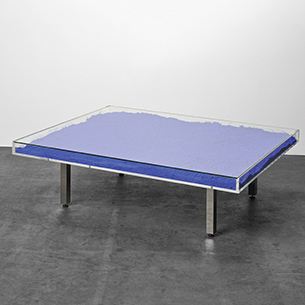
YVES KLEIN COFFEE TABLE
“This is my favorite editioned piece of furniture—I have one in my living room,” says Meltzer. The transparent table, featuring the artist’s signature, namesake blue, was prototyped by Yves Klein before he died at just 34. His widow began producing the tables commercially, although retained tight control, with each piece built-to-order. artwareeditions.com
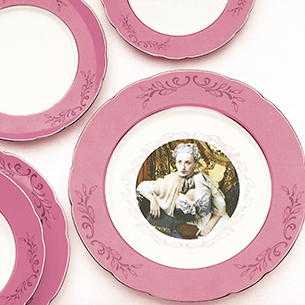
CINDY SHERMAN DINNER SET
Superstar feminist artist Cindy Sherman—a pioneer in this collaboration, as in so much of her work—produced this sought-after dinner service in 1990. The 30-piece set in Limoges porcelain features the chameleon-like Sherman dressed up as Madame de Pompadour. The soup tureen alone sells for $30,000 or more. artwareeditions.com
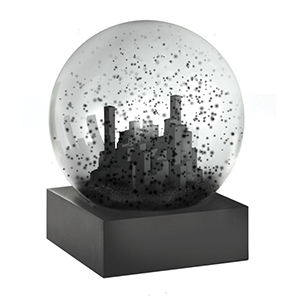
APOCALYPSE NOW SNOW GLOBE
Polish conceptual artist Agnieszka Kurant’s climate change–inspired snow globe is a future collectible, says Meltzer. “It’s amazing when artists manage to express in an edition what’s happening on a larger scale,” she says. “We’re living in a questioning, upside-down, apocalyptic moment. This reminds us what we’re doing to our world.” storefrontnews.org/editions




